3D Constructing, what can you with it?
Read more about our 5 insights
As an engineer, you have a choice: to model and construct in 2D or 3D. Both have their advantages and disadvantages. At B-Invented, we are excited about constructing in 3D. We would love to share our enthusiasm with you by providing 5 interesting insights.
We are curious to know if you recognize them and what your experiences are!
1. Complete insight.
We sometimes say to each other: “2D calculations sometimes seem like accounting.” The outcome of one calculation is the input to the next. Logical. What we miss is the effect of the individual components on each other. Having insight into these effects is useful or even necessary.
In a 3D-FEM model, you look at the structure as a whole and the interaction between the different components.
This provides a nice, complete understanding. In addition, we can quickly catch errors in the design and see at a glance where improvements can be made.
2. Less dependent.
Consider the following situation: you may have experienced a change in the design. Even a small adjustment in 2D means [a lot of] extra work. To ensure everything is correct, the entire “bookkeeping” process needs to be reviewed. And for a change to be implemented properly, the reporting must be comprehensive.
Currently, the dependence on the designer’s memory remains prevalent. We are searching for ways to lower this dependence and improve integrated processes.
With a good 3D-FEM model, we no longer face such issues. The consequences of a modification become clear quickly, and we can make decisions immediately. It’s also possible to compare different options in 3D.
This brings us to our next approach.
3. Easy comparison.
Testing different design variations can be a time-consuming task, and often there isn’t enough time for it.
With the right base model, you can easily set up and test different structural systems. This allows us to quickly see the advantages and disadvantages of different options, enabling us to make informed decisions immediately. How nice?
4. Good communication
The report is complete and your ideas are ready to be discussed. However, it can be difficult for regulatory agencies and subcontractors to understand the structure. The solution is to use a 3D model.
By providing clear visuals and a detailed explanation of each design decision, we can effectively communicate the implications of each choice.
This is an excellent way to facilitate communication and ensure that everyone is on the same page.

5. Saves time.
Finally, one last insight.
As an engineer, you often have to transfer the output from one program to another. It’s not the most enjoyable work and it’s error-prone.
However, with a 3D engineering model, we can automate data transfer. Essentially, it’s just data management. Data from one program feeds the other, saving valuable time and preventing errors.
And if a connection doesn’t exist, we simply program it ourselves!
Does this sound familiar to you and would you like to discuss or exchange ideas about it? Then please contact us. We are curious about your ideas.
Email Gijs Schalkwijk, Technical Director at B-invented:
